Nokia 2012 Annual Report Download - page 14
Download and view the complete annual report
Please find page 14 of the 2012 Nokia annual report below. You can navigate through the pages in the report by either clicking on the pages listed below, or by using the keyword search tool below to find specific information within the annual report.-
 1
1 -
 2
2 -
 3
3 -
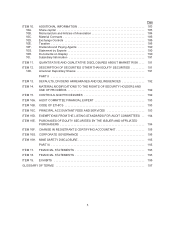 4
4 -
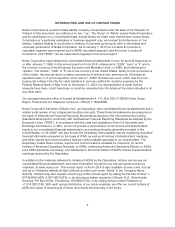 5
5 -
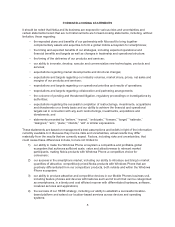 6
6 -
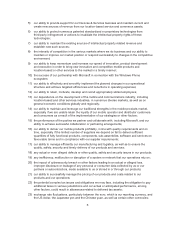 7
7 -
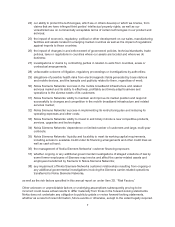 8
8 -
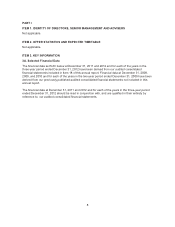 9
9 -
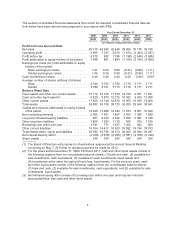 10
10 -
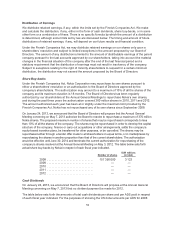 11
11 -
 12
12 -
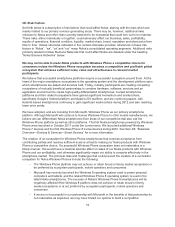 13
13 -
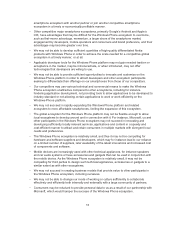 14
14 -
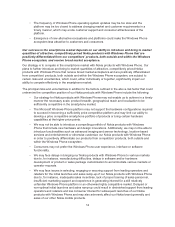 15
15 -
 16
16 -
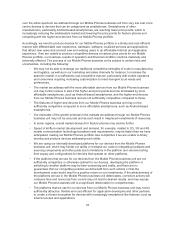 17
17 -
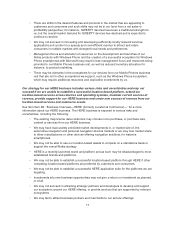 18
18 -
 19
19 -
 20
20 -
 21
21 -
 22
22 -
 23
23 -
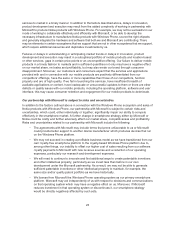 24
24 -
 25
25 -
 26
26 -
 27
27 -
 28
28 -
 29
29 -
 30
30 -
 31
31 -
 32
32 -
 33
33 -
 34
34 -
 35
35 -
 36
36 -
 37
37 -
 38
38 -
 39
39 -
 40
40 -
 41
41 -
 42
42 -
 43
43 -
 44
44 -
 45
45 -
 46
46 -
 47
47 -
 48
48 -
 49
49 -
 50
50 -
 51
51 -
 52
52 -
 53
53 -
 54
54 -
 55
55 -
 56
56 -
 57
57 -
 58
58 -
 59
59 -
 60
60 -
 61
61 -
 62
62 -
 63
63 -
 64
64 -
 65
65 -
 66
66 -
 67
67 -
 68
68 -
 69
69 -
 70
70 -
 71
71 -
 72
72 -
 73
73 -
 74
74 -
 75
75 -
 76
76 -
 77
77 -
 78
78 -
 79
79 -
 80
80 -
 81
81 -
 82
82 -
 83
83 -
 84
84 -
 85
85 -
 86
86 -
 87
87 -
 88
88 -
 89
89 -
 90
90 -
 91
91 -
 92
92 -
 93
93 -
 94
94 -
 95
95 -
 96
96 -
 97
97 -
 98
98 -
 99
99 -
 100
100 -
 101
101 -
 102
102 -
 103
103 -
 104
104 -
 105
105 -
 106
106 -
 107
107 -
 108
108 -
 109
109 -
 110
110 -
 111
111 -
 112
112 -
 113
113 -
 114
114 -
 115
115 -
 116
116 -
 117
117 -
 118
118 -
 119
119 -
 120
120 -
 121
121 -
 122
122 -
 123
123 -
 124
124 -
 125
125 -
 126
126 -
 127
127 -
 128
128 -
 129
129 -
 130
130 -
 131
131 -
 132
132 -
 133
133 -
 134
134 -
 135
135 -
 136
136 -
 137
137 -
 138
138 -
 139
139 -
 140
140 -
 141
141 -
 142
142 -
 143
143 -
 144
144 -
 145
145 -
 146
146 -
 147
147 -
 148
148 -
 149
149 -
 150
150 -
 151
151 -
 152
152 -
 153
153 -
 154
154 -
 155
155 -
 156
156 -
 157
157 -
 158
158 -
 159
159 -
 160
160 -
 161
161 -
 162
162 -
 163
163 -
 164
164 -
 165
165 -
 166
166 -
 167
167 -
 168
168 -
 169
169 -
 170
170 -
 171
171 -
 172
172 -
 173
173 -
 174
174 -
 175
175 -
 176
176 -
 177
177 -
 178
178 -
 179
179 -
 180
180 -
 181
181 -
 182
182 -
 183
183 -
 184
184 -
 185
185 -
 186
186 -
 187
187 -
 188
188 -
 189
189 -
 190
190 -
 191
191 -
 192
192 -
 193
193 -
 194
194 -
 195
195 -
 196
196 -
 197
197 -
 198
198 -
 199
199 -
 200
200 -
 201
201 -
 202
202 -
 203
203 -
 204
204 -
 205
205 -
 206
206 -
 207
207 -
 208
208 -
 209
209 -
 210
210 -
 211
211 -
 212
212 -
 213
213 -
 214
214 -
 215
215 -
 216
216 -
 217
217 -
 218
218 -
 219
219 -
 220
220 -
 221
221 -
 222
222 -
 223
223 -
 224
224 -
 225
225 -
 226
226 -
 227
227 -
 228
228 -
 229
229 -
 230
230 -
 231
231 -
 232
232 -
 233
233 -
 234
234 -
 235
235 -
 236
236 -
 237
237 -
 238
238 -
 239
239 -
 240
240 -
 241
241 -
 242
242 -
 243
243 -
 244
244 -
 245
245 -
 246
246 -
 247
247 -
 248
248 -
 249
249 -
 250
250 -
 251
251 -
 252
252 -
 253
253 -
 254
254 -
 255
255 -
 256
256 -
 257
257 -
 258
258 -
 259
259 -
 260
260 -
 261
261 -
 262
262 -
 263
263 -
 264
264 -
 265
265 -
 266
266 -
 267
267 -
 268
268 -
 269
269 -
 270
270 -
 271
271 -
 272
272 -
 273
273 -
 274
274 -
 275
275 -
 276
276 -
 277
277 -
 278
278 -
 279
279 -
 280
280 -
 281
281 -
 282
282 -
 283
283 -
 284
284
 |
 |
smartphone ecosystem with another partner or join another competitive smartphone
ecosystem in a timely or economically profitable manner.
• Other competitive major smartphone ecosystems, primarily Google’s Android and Apple’s
iOS, have advantages that may be difficult for the Windows Phone ecosystem to overcome,
such as first-mover advantage, momentum, a larger share of the smartphone market,
engagement by developers, mobile operators and consumers and brand preference, and their
advantages may become greater over time.
• We may not be able to develop sufficient quantities of high-quality differentiated Nokia
products with Windows Phone in order to achieve the scale needed for a competitive global
ecosystem in a timely manner, or at all.
• Applicable developer tools for the Windows Phone platform may not gain needed traction or
acceptance in the market, may be introduced late, or when introduced, may not offer
technologies that developers are willing to use.
• We may not be able to provide sufficient opportunities to innovate and customize on the
Windows Phone platform in order to attract developers and other ecosystem participants
seeking to differentiate their offerings on our smartphones from those of our competitors.
• Our competitors may use various technical and commercial means to make the Windows
Phone ecosystem unattractive compared to other ecosystems, including for instance
hindering application development, not providing tools to allow applications to be developed to
industry standard or not allowing certain applications to work or work efficiently on the
Windows Phone platform.
• We may not succeed in rapidly expanding the Windows Phone platform and related
ecosystem to more affordable smartphones, limiting the expansion of this ecosystem.
• The global ecosystem for the Windows Phone platform may not be flexible enough to allow
local ecosystems to develop around and in connection with it. For instance, Microsoft, us and
other participants in the Windows Phone ecosystem may not succeed in innovating and
developing sufficiently locally relevant services, applications and content in a speedy and
cost-efficient manner to attract and retain consumers in multiple markets with divergent local
needs and preferences.
• The Windows Phone ecosystem is relatively small, and thus it may not be compelling for
hardware and software suppliers and developers, which may for instance lead to our reliance
on a limited number of suppliers, later availability of the latest innovations and increased cost
of components and software.
• Mobile devices are increasingly used with other technical appliances, for instance speakers
and car audio systems or have accessories and gadgets that can be used in conjunction with
the mobile device. As the Windows Phone ecosystem is relatively small, it may not be
compelling for third parties to design such technical appliances, accessories or gadgets to a
similar extent as with other ecosystems.
• We may not succeed in creating business models that provide value to other participants in
the Windows Phone ecosystem, including ourselves.
• We may not be able to change our mode of working or culture sufficiently to collaborate
effectively and efficiently both internally and externally with a large community of partners.
• Consumers may be reluctant to provide personal data to us as a result of our partnership with
Microsoft, which would hamper the success of the Windows Phone ecosystem.
13
